2. Biological Bases of Behavior (Ch 3)
2.1 Endocrine System
- Introduction
- Made up of glands located throughout the body that secrete hormones into the bloodstream
- Hormones are chemical messengers secreted into the bloodstream to regulate bodily functions
- Processes regulated include metabolism, growth rate, digestion, blood pressure, sexual development and reproduction
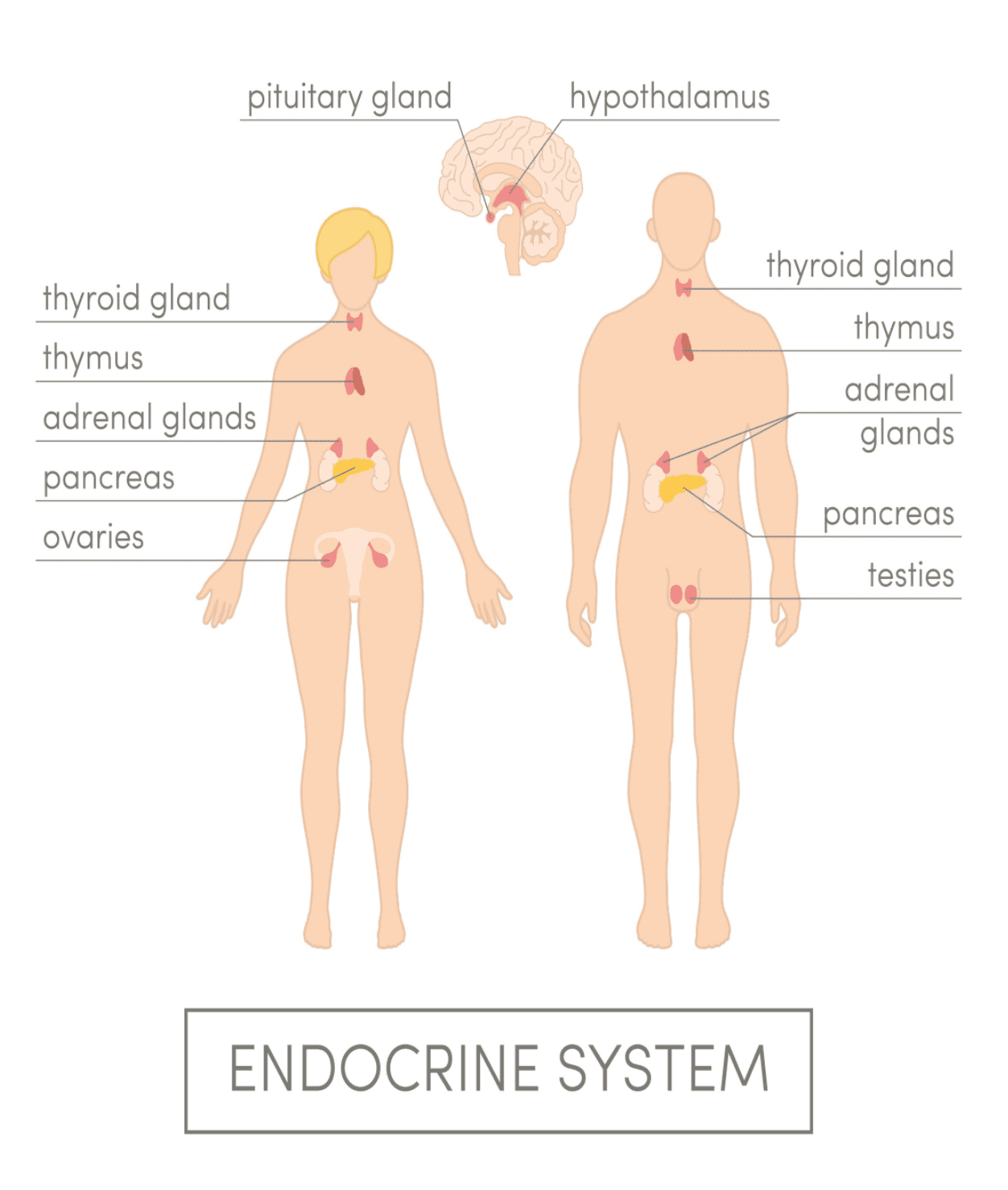
Pituitary gland
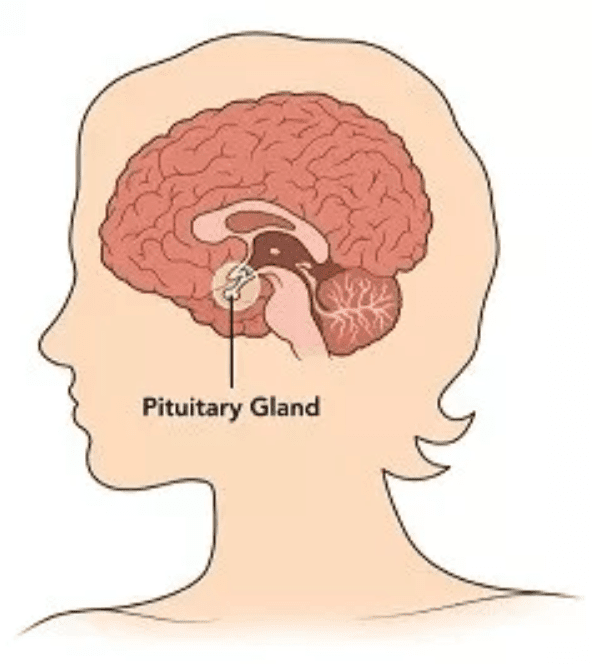
- Master gland of the endocrine system
- When activated by hypothalamus activates other glands throughout the body
2.2 Etiology

- Biological explanation for mental disorders within psychology
- It's basically the roots cause or origins of what mental problems
- Genetic predisposition and hereditary links
- schizophrenia
- alcoholism
- bipolar disorder
- Malfunctioning brain chemistry, neuroanatomic pathology
2.3 Functional organization of the nervous system
Communication throughout the nervous system takes place via neurons, cells that are highly specialized to receive and transmit information across the body
Structure of Neurons
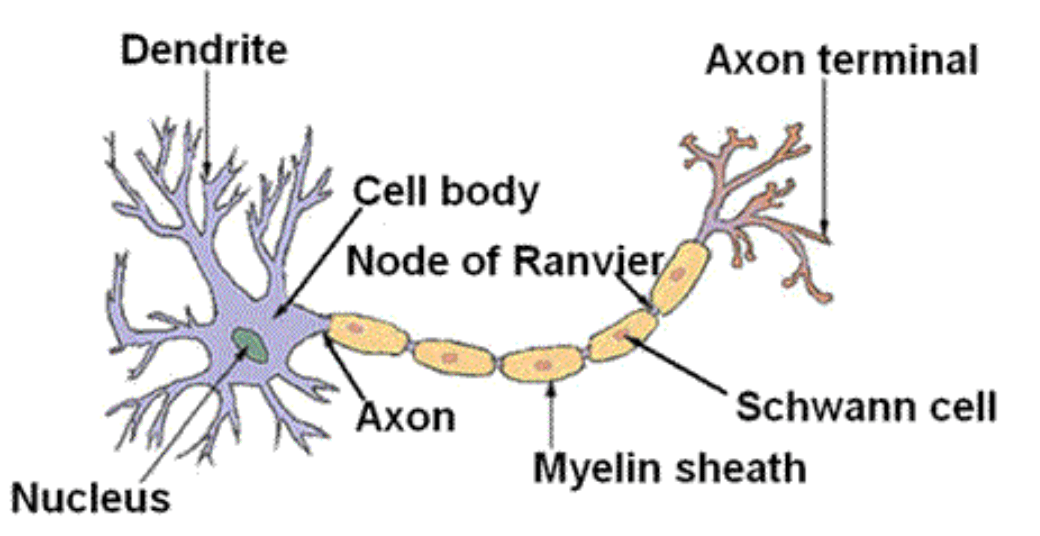
- Cell body
- helps keep the cell alive and functioning
- Dendrites
- take information in from outside of the cell
- Axons
- pass information along to other nerve cells, muscles or glands
- Myelin sheath
- covers the axon on some neurons (but not all)
- accelerates the transmission of information
- Cell body
Types of Neurons
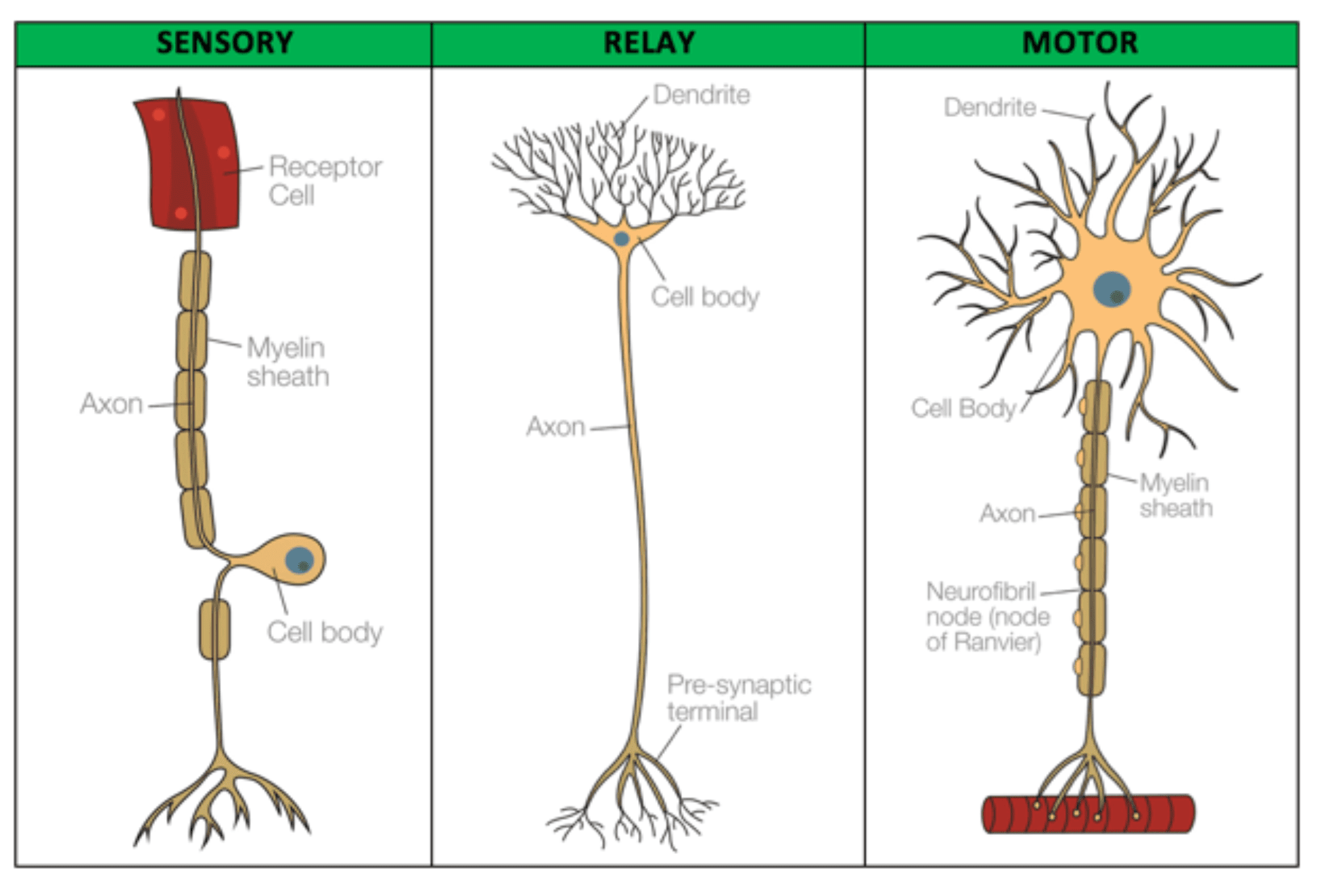
- Sensory/Afferent Neurons
- take in information from body tissues and sense organs
- transmit to spinal cord and brain
- Inter/Association Neurons
- neurons that communicate with other neurons
- Most common
- Motor/Efferent Neurons
- send information from spinal cord and brain
- to body tissue, muscles, and sense organs
- Sensory/Afferent Neurons
Neurotransmitter
Neurons work through use of electrical impulses and neurotransmitters
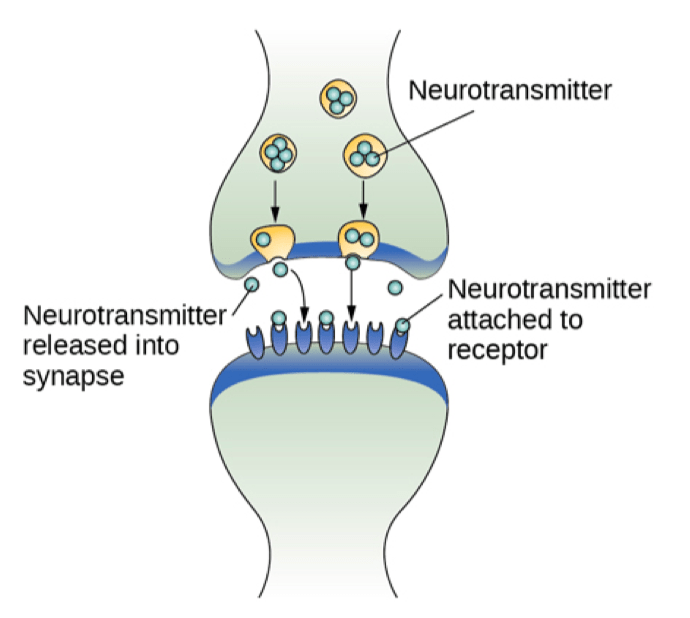
Neurotransmitters are chemical molecules contained in vesicles within the axon terminal
Neurotransmitters communicate across the synapse gap (the space between two neurons)
Any neurotransmitter left in synaptic gap is broken down or absorbed back into the neuron which is called reuptake
Each neurotransmitter affects behavior differently
- Serotonin: mood, emotional states, sleep
- Dopamine: attention, movement, pleasure sensations
Drugs mimic behavior of neurotransmitter
- Agonist: increase neural activity flow and effect
- Antagonist: decrease neural activity and effect
Nervous system
The nervous system is made up of different divisions that have unique functions
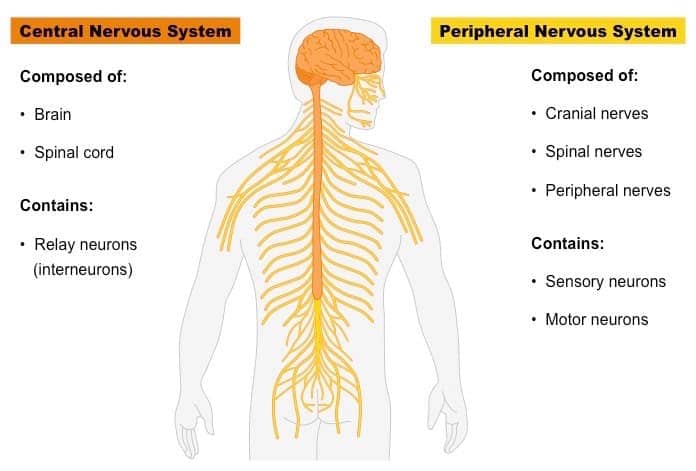

Central nervous system (CNS)
- includes the brain and spinal cord
- Suspended in cerebrospinal fluid
- reflexive behavior
- Relies on sensory, motor, and interneuron communication
Peripheral nervous system connects the brain and spinal cord to the rest of the body
- Somatic nervous system
- carries information from muscles, sense organs and skin to the CNS
- carries messages from CNS to skeletal muscle
- Autonomic nervous system
- controls internal environment of the body
- glands, organs and some muscles
- sympathetic nervous system prepares you for action
- parasympathetic nervous system is in operation during states of relaxation
- Somatic nervous system
2.4 Genetics
- Genetics play a large role in how and when learning, growing and development occur
- Human behavior is a product of genetics and environment
- nature vs nurture
- Genes do not determine behavior but can have a significant impact on what we do and why we do it
2.5 Neuroanatomy
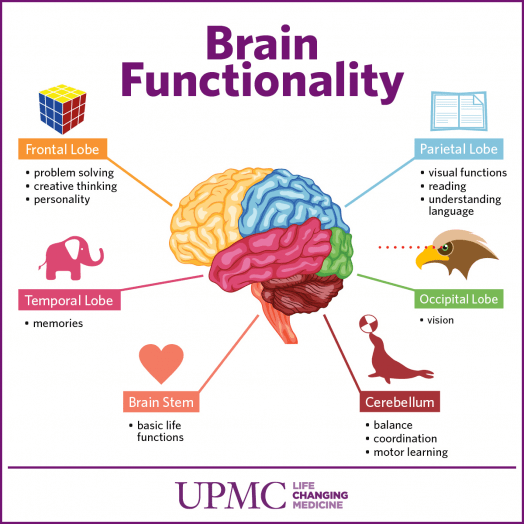
Introduction
- Neurons in the brain work together as neural networks
- Different parts of the brain utilize different functions that influence thoughts, feelings and behaviors
- Malfunctioning or damage in different areas of the brain impact their designated functions
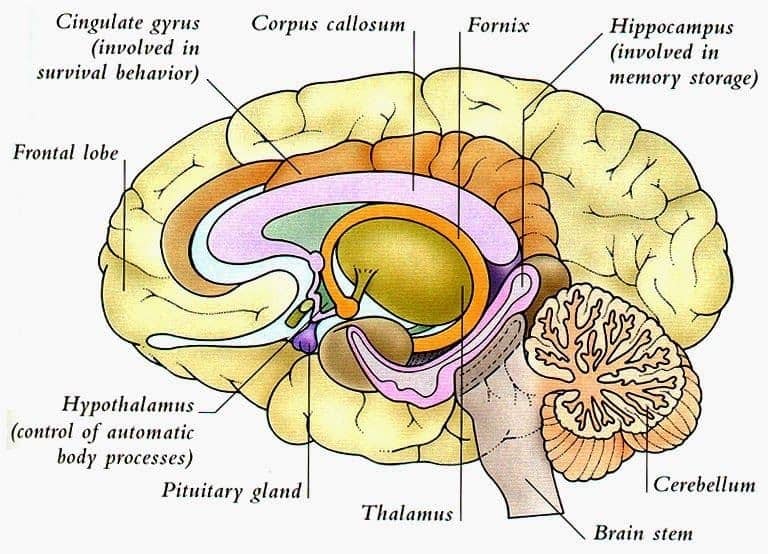
Brainstem
- where the spinal cord enters the skull and is the oldest part of the brain
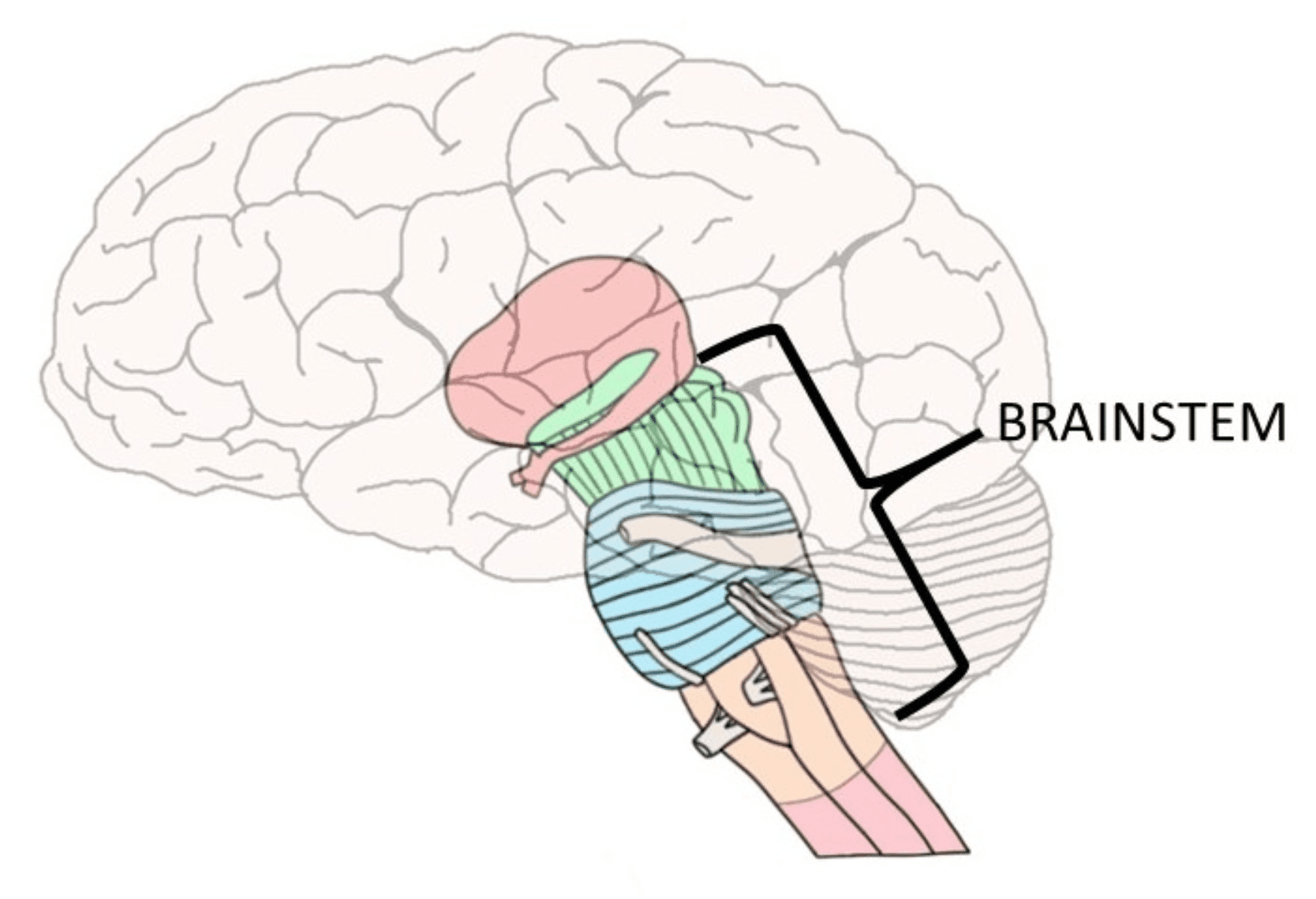
Cerebellum
coordination of voluntary movement
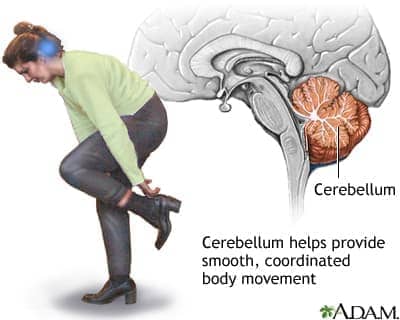
Thalamus
on top of the brainstem, receives information about taste, touch, sight and hearing

Reticular formation
runs through thalamus and brainstem
controls arousal and sleep
filters incoming stimuli and sends to other parts of brain
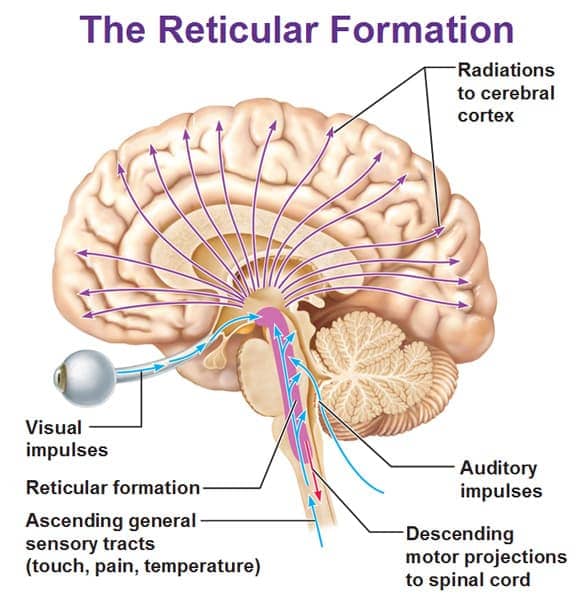
Limbic system
sits between brainstem and cerebral cortex-more recently evolved part of the brain
hippocampus: processes memory
amygdala: fear and anger
hypothalamus: hunger, thirst, sexual behavior; controls pituitary gland
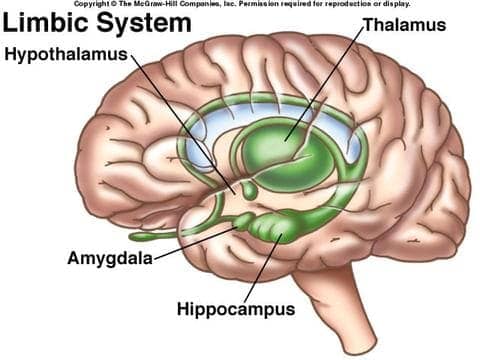
Cerebral cortex
the outer covering of the brain
motor, cognitive and sensory processes
divided into 2 hemispheres and 4 regions
frontal lobes: coordinating movement, higher level functioning and speech
- Broca’s area
- Wernicke’s area
parietal lobes: sense of touch- hands and feet
temporal lobes: hearing
occipital lobes: vision
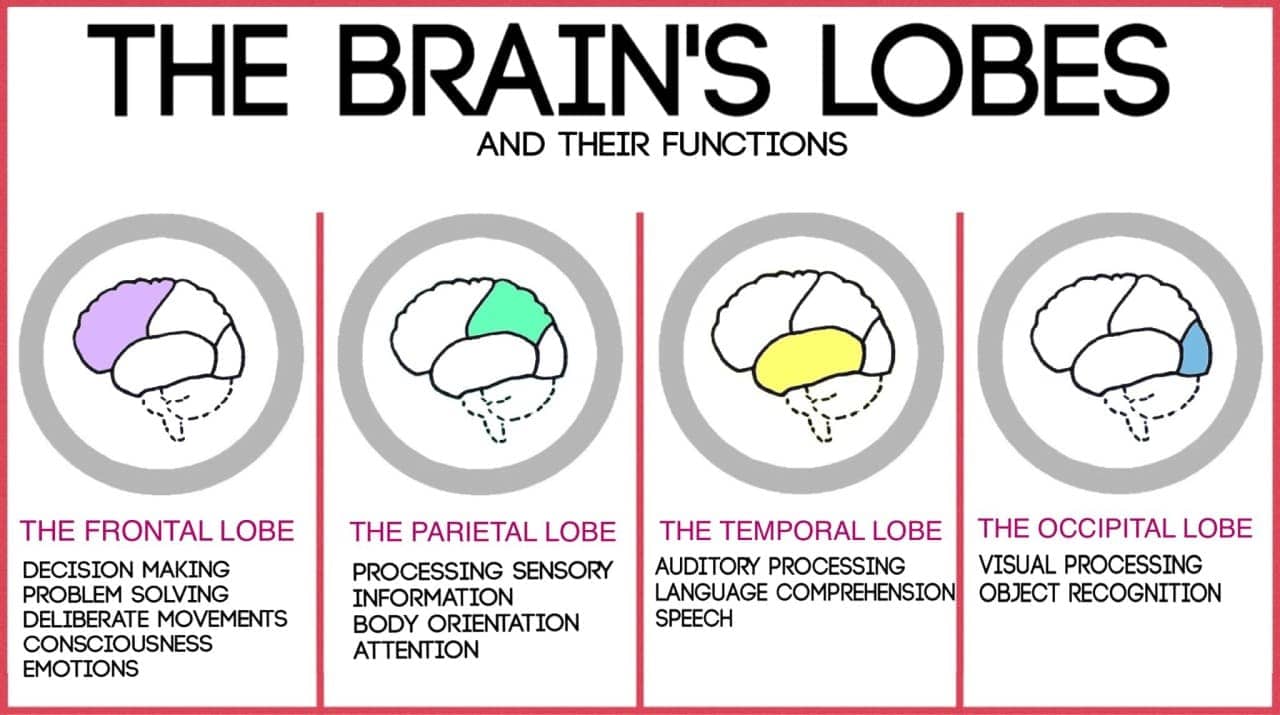
2.6 Physiological Techniques
- Physiological techniques are used examine the interrelationship between a person’s brain and their behavior
- EEG, MRI, FMRI, CAT scan, PET scan
Quiz
- The term “etiology” refers to the study of which of the following aspects of an illness?
- (A) Origins and causes
- (B) Characteristic symptoms
- (C) Expected outcome following treatment
- (D) Frequency of occurrence
- (E) Level of contagiousness
- A neuron is said to be polarized when
- (A) it is in the refractory period
- (B) it is in a resting state
- (C) it is about to undergo an action potential
- (D) the synaptic terminals release chemicals into the synaptic gap
- (E) chemicals outside the cell body cross the cell membrane
- How many pairs of chromosomes are contained in most human cells?
- (A) 7
- (B) 10
- (C) 16
- (D) 23
- (E) 31
- The release of a neurotransmitter into the synaptic cleft is caused by which of the following?
- (A) An extended refractory period
- (B) An action potential
- (C) Reuptake of the neurotransmitter
- (D) Binding of the neurotransmitter to a postsynaptic cell membrane
- (E) Migration of vesicles into the synaptic cleft